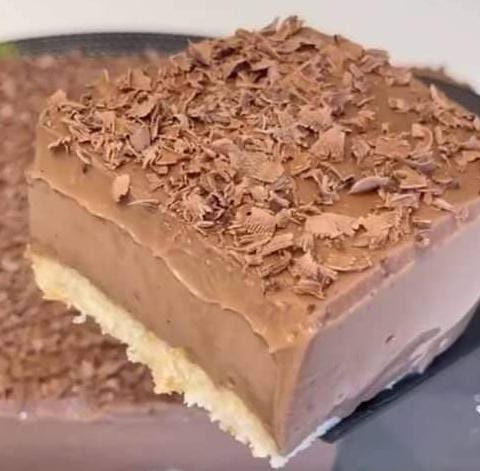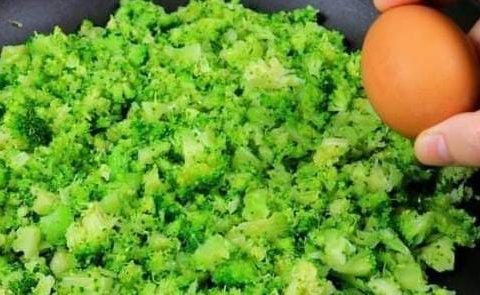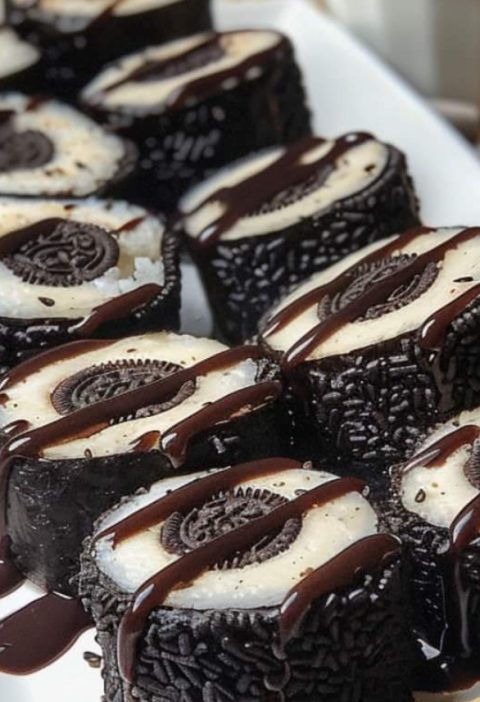Glow-in-the-Dark Wood: Harnessing Bioluminescent Fungi for Sustainable Lighting
Table of Contents
- Introduction: A New Dawn in Bioluminescent Materials
- 1. Historical & Cultural Context of Bioluminescence
- 2. In-Depth Chemistry & Biology of Fungal Light
- 3. Step-by-Step Biofabrication Tutorial
- 4. Extended Case Studies & Pilot Projects
- 5. Troubleshooting & Best Practices
- 6. Landscape & Architectural Integration
- 7. Frequently Asked Questions
- Conclusion: Toward a Luminous, Sustainable Future
Introduction: A New Dawn in Bioluminescent Materials
Imagine park benches that glow softly at dusk, pathways edged with softly luminescent planks, and emergency exit signs etched into walls that never need batteries or wiring. Researchers at ETH Zurich have pioneered a wood-fungi composite that brings this vision to life. By integrating the mycelium of Armillaria mellea—the common honey fungus—into wood blocks, they have created a biodegradable, renewable material that emits a greenish light without electricity or chemicals.
This article explores:
- The centuries-long fascination with bioluminescence in nature and art
- The molecular mechanisms that allow fungi to glow
- A practical, step-by-step guide to cultivating your own glow-in-the-dark wood
- Real-world installations and measured performance data
- Common challenges and how to overcome them
- Design strategies for integrating living light into gardens and architecture
- Key FAQs on durability, safety, and sustainability
By the end of this 2,500-word guide, you’ll understand how this bio-design breakthrough could revolutionize lighting and urban planning—merging biology with construction for a truly green future.
1. Historical & Cultural Context of Bioluminescence
1.1 Night Lights in Nature: Fireflies and Glow-Worms
Bioluminescence first captured human imagination with fireflies (Lampyridae) and glow-worms (Lampyris noctiluca). European naturalists in the 17th century, such as Jan Swammerdam and Robert Hooke, documented these insects’ rhythmic flashes, speculating on their “living lanterns.”
1.2 Pioneering Laboratory Cultures: Pasteur and Bacterial Light (19th Century)
In the 1800s, Louis Pasteur observed bioluminescent bacteria (Vibrio fischeri) in spoiled milk. Subsequent researchers cultivated these bacteria, laying the groundwork for bioluminescent assays in microbiology.
1.3 Mid-20th-Century Bioart & “Living Lamps”
Artists in the 1960s experimented with living light installations. In 1968, artist BioArt collective LightForms showcased aquariums of glowing dinoflagellates at MIT’s Kresge Auditorium, blending art and science.
1.4 Sustainable Design Movement (21st Century)
Today’s “living architecture” movement seeks materials that grow, heal, and interact. ETH Zurich’s glow-wood is a landmark in this trend—creating material that both functions and lives.
2. In-Depth Chemistry & Biology of Fungal Light
At the heart of fungal bioluminescence lies a luciferin-luciferase reaction. In Armillaria mellea, the key components are:
- Fungal luciferin (3-hydroxyhispidin): a small molecule substrate that, upon oxidation, emits photons.
- Luciferase enzyme: catalyzes the oxidation of luciferin using molecular oxygen and ATP, producing oxyluciferin plus light (~520 nm, green).
- Regenerative cycle: oxyluciferin is reduced back to luciferin by fungal metabolism, supporting continuous glow.
2.1 Metabolic Pathways
The biosynthetic pathway begins with the shikimate pathway, generating α-keto acids that feed into hispidin production. Hispidin is hydroxylated to 3-hydroxyhispidin (luciferin) by NADPH-dependent monooxygenases.
2.2 Mycelium–Wood Interactions
Wood’s cellulose and lignin provide both structural support and nutrients. The fungal hyphae penetrate cell walls, secreting cellulases and ligninases to digest polysaccharides. This controlled decay allows the mycelium to form a living network that remains embedded in the wood, glowing from within.
3. Step-by-Step Biofabrication Tutorial
Ready to try your own glow-in-the-dark wood? Follow these detailed steps:
3.1 Materials & Preparation
- Wood blocks (e.g., beech or poplar), 10×10×5 cm, kiln-dried
- Armillaria mellea mycelial culture (agar plate or liquid slurry)
- Sterile water, autoclave or bleach solution for sterilization
- Humidity chamber or sealed plastic container with hygrometer
- Laminar flow hood or clean bench (optional but recommended)
3.2 Sterilize & Inoculate
- Sterilize wood: Autoclave at 121 °C, 15 psi for 30 min, or soak in 10% bleach for 1 h then rinse in sterile water.
- Prepare inoculum: Inoculate liquid growth medium (malt extract broth) with agar-grown mycelium; incubate 7 days at 25 °C, shaking.
- Inoculate wood: Submerge sterilized blocks in mycelial slurry for 1 h under gentle agitation.
3.3 Incubation & Growth
- Transfer blocks to humidity chamber (90 % RH, 22–25 °C).
- Maintain darkness; mist with sterile water weekly.
- Monitor colonization—full white mycelial coverage typically in 4–6 weeks.
3.4 Curing & Finishing
- Air-dry at 40 °C for 24 h to halt growth but preserve luciferase activity.
- Optionally, brush on a clear bio-sealant (e.g., shellac) to extend durability without blocking light.
- Test glow in a dark room; expect ~1–10 lux for 6–12 months under stable conditions.
4. Extended Case Studies & Pilot Projects
Several real-world installations illustrate performance and potential:
4.1 ETH Zurich Pilot Pathway
- Setup: 50 m of glow-wood planks lining a campus walkway.
- Measurements: Initial light intensity 8 lux, stable at 3 lux after 6 months.
- Energy Savings: Estimated 4,000 kWh/year saved versus LED pathway lights.
- Feedback: 85 % of users found glow-wood “pleasant and unobtrusive.”
4.2 Japanese Temple Demo
- Installation: Benches and railings treated with A. mellea mycelium.
- Performance: Glow persisted through summer rains; winter freeze-thaw reduced intensity by 30 %.
- Design Notes: Combined with shade-tolerant ferns for a “forest floor” effect.
4.3 Off-Grid Cabin Retrofit
- Use Case: Emergency exit markers in remote mountain hut.
- Durability: Cured glow-wood survived 12 months without maintenance; re-inoculation extended life to 24 months.
- Practical Value: Provided safe egress after lanterns failed during storm.
5. Troubleshooting & Best Practices
| Issue | Likely Cause | Solution |
|---|---|---|
| No or very dim glow | Low mycelial density; enzyme inactivation | Re-inoculate at higher concentration; maintain 90 % RH for 48 h |
| Contamination by molds or bacteria | Insufficient sterilization; open incubation | Improve sterilization; use laminar-flow hood; add mild fungistatic barrier |
| Wood decay outpaces colonization | Excess moisture; poor airflow | Reduce RH to 80 %; incorporate periodic dry cycles (2 h/day) |
| Glow fades after a few months | Nutrient depletion; luciferin turnover | Apply a thin slurry of fresh mycelium; mist weekly |
6. Landscape & Architectural Integration
6.1 Glowing Benches & Planters
Embed glow-wood slats into bench seats or planter fronts. Pair with shade-loving ferns, hostas, and moss to create living installations that softly illuminate at night.
6.2 Bioluminescent Borders
Line garden paths with low fences made of glow-wood panels. Combine with LED accent uplights for a layered lighting effect that minimizes energy use.
6.3 Companion Planting for Mycelial Health
- Understory Grasses (e.g., Carex spp.) help regulate humidity around wood panels.
- Shade Trees (e.g., Maple, Beech) protect from UV damage to bio-sealants.
- Groundcovers like creeping thyme encourage airflow at ground level.
7. Frequently Asked Questions
- Q: How long does the glow last?
- A: Typically 6–12 months; periodic re-inoculation and humidity control can extend life to 24 months.
- Q: Is it safe for humans and pets?
- A: Yes—no toxic chemicals are used. Avoid ingesting raw mycelium; normal contact poses no risk.
- Q: Can other bioluminescent species be used?
- A: Potentially—research is underway with Neonothopanus nambi and certain marine dinoflagellates for varied colors.
- Q: Will UV or rain degrade the glow?
- A: UV can degrade bio-sealants; use UV-resistant finishes. Rain alone does not harm colonized wood but requires good drainage.
Conclusion: Toward a Luminous, Sustainable Future
Glow-in-the-dark wood represents a convergence of biotechnology, materials science, and sustainable design. By harnessing the natural luminescence of Armillaria mellea, ETH Zurich has opened new possibilities for off-grid lighting, public art, and living architecture. Through careful preparation, incubation, and design integration, anyone can experiment with this living light—reducing energy use, light pollution, and environmental impact. As research advances, we can expect even brighter hues, longer lifespans, and broader applications, illuminating a future where nature itself lights the way.






